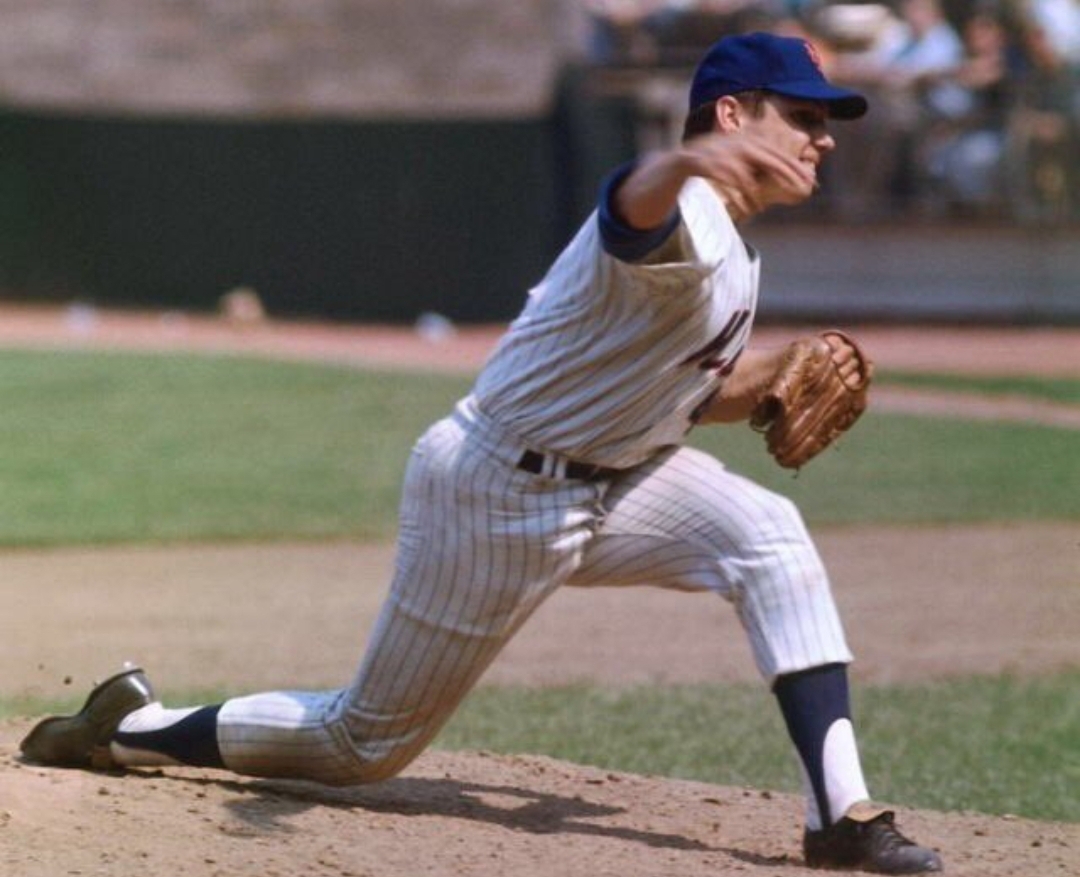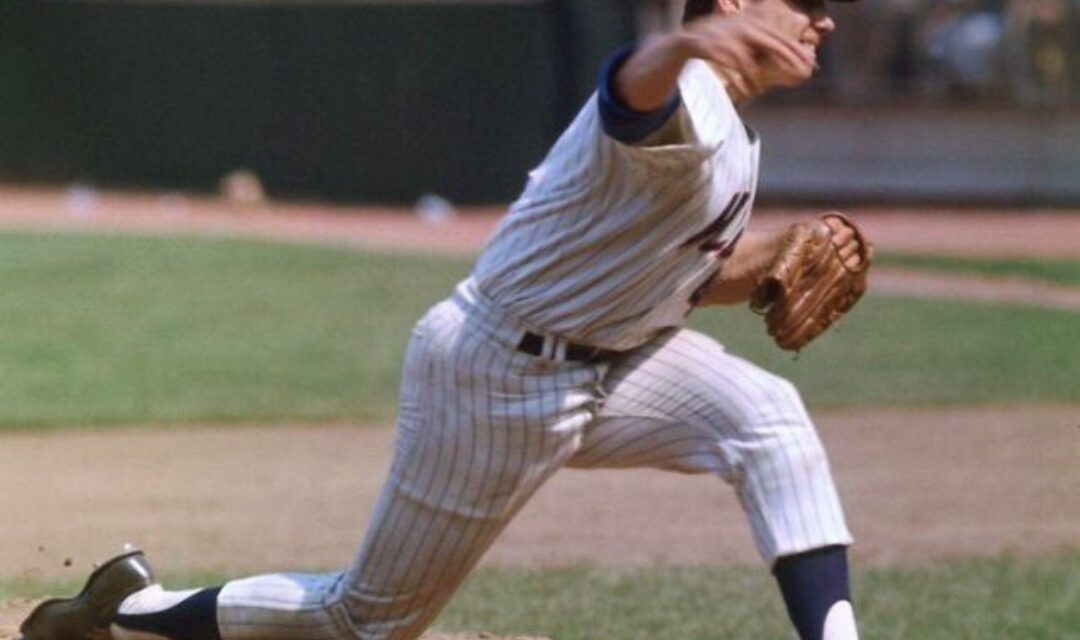
It took five years, six months, and one day for the Mets to try and atone for their greatest mistake.
With the Cincinnati Reds, Tom Seaver compiled a record of 75-46 with an ERA of 3.18 and a 116 ERA+ while also tossing his only no-hitter. No amount of time, five-plus years or five minutes, was sufficient for Mets fans to adjust to seeing their favorite in colors other than orange and blue.
In June 1977, the drama between Seaver and team chairman M. Donald Grant came to a boiling point when the Mets traded away their greatest player and thus let the wrecking ball loose on the “Midnight Massacre.” To no one’s surprise, the Mets took a nosedive into irrelevance.
But a different regime made the Mets a more welcome destination for their legendary right-hander. In sending pitcher Charlie Puleo and minor leaguers Lloyd McClendon and Jason Felice to Cincinnati, “The Franchise” returned home.
”It’s where I wanted to pitch,” he said once the trade was agreed to in principle, according to the New York Times.
He was joining a Mets team far different than when he left. After cratering in 1979, the organization was slowly being rebuilt by new ownership and new general manager Frank Cashen.
”We have said all along that we wanted a senior pitcher on our staff to serve as a role model for our younger ones,” Cashen said. “He certainly fits that description.”
Seaver was the Mets’ franchise leader in every significant pitching category: wins, strikeouts, complete games, and shutouts. Three Cy Youngs, three ERA titles, and the driving force behind the Miracle Mets of 1969. At age 38, by baseball standards, he was an old Tom Seaver. He was coming off a 1982 in which a bad shoulder and bad hip contributed to the worst season in his distinguished career: limited to 21 starts in which he compiled five wins, 13 defeats, a 1.617 WHIP, and a 5.50 ERA.
Opening Day 1983 was an afternoon for Shea Stadium to show how much they missed Seaver and for Seaver to show he still had it. He shut out the Phillies for six innings in a vintage performance. Pitching for a last-place club that lost 94 games, Seaver showed improvement in his return season with a 103 ERA+.
Twenty-seven wins shy of 300 and with an up-and-coming club, it made all the sense for Seaver his career where it started. Then Mets management made the same mistake as their predecessors. They let Tom get away. Not by choice, but by mistake.
Each club was required to protect 26 players from claims in a free-agent compensation pool. For the Mets, their list did not include Seaver. The White Sox claimed him — a move that stunned Cashen, Seaver, and anyone who followed the Mets,
Fans were denied a chance to witness the link of pitching generations with “Tom Terrific” and incoming rookie Dwight Gooden in the same rotation. Gone also was the chance for Seaver to get that coveted 300th victory in the uniform of the team he’s most associated with.
Tom Seaver’s return was the best attempt to right a wrong in team history. One more season of Seaver is better than none, although he should’ve been a Met for life — or, at least, a Met until the very end.
















